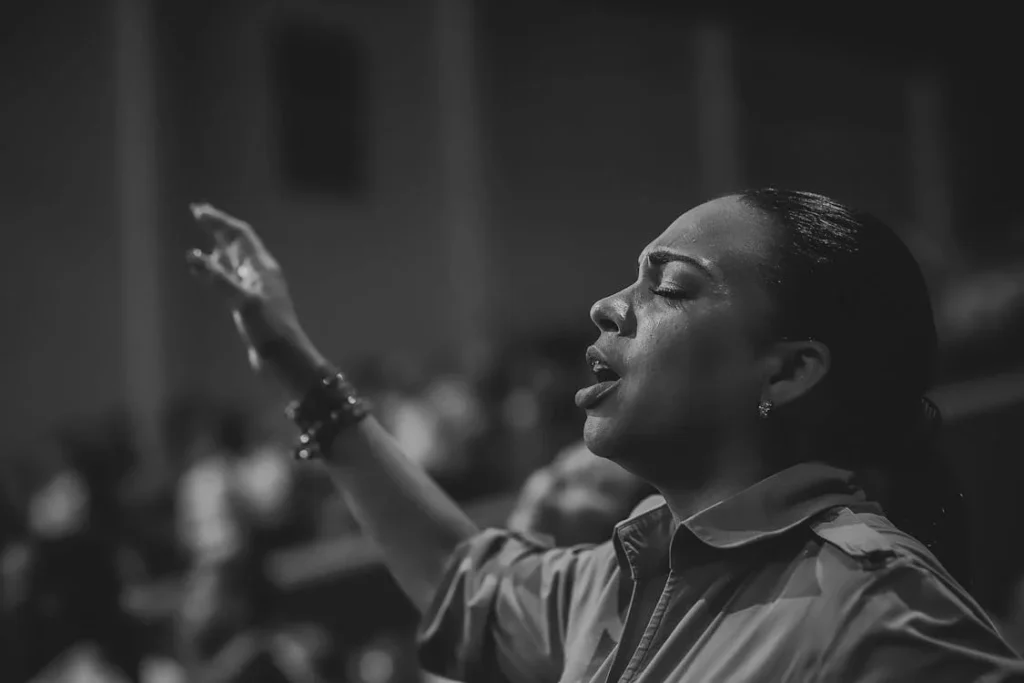Losing a limb is not just a physical challenge—it deeply affects emotions, identity, and overall well-being. The journey of recovery is often filled with moments of frustration, sadness, and self-doubt. While medical treatments and prosthetics play a vital role in helping amputees regain mobility, emotional healing is just as important. This is where music and art therapy come in.
Music and art have long been used to help people process emotions, find comfort, and reconnect with themselves. For amputees, these creative therapies provide a way to express feelings that are difficult to put into words. They offer a sense of freedom, helping individuals process loss while also discovering new ways to experience joy and self-expression. Whether through painting, playing an instrument, singing, or even just listening to music, these therapies can create powerful shifts in emotional recovery.
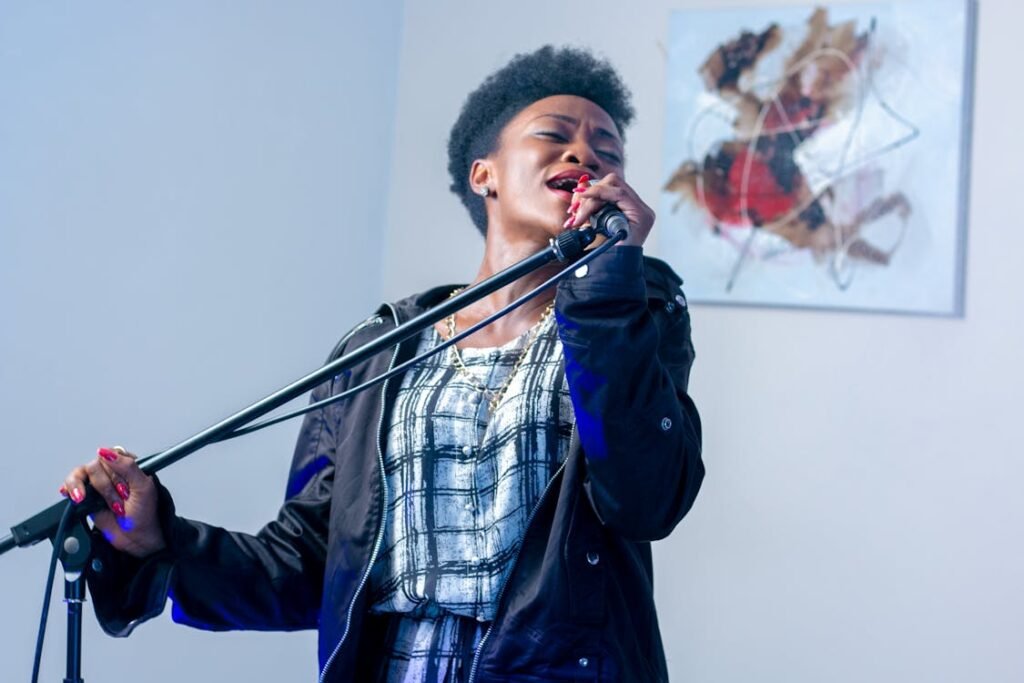
How Music Therapy Supports Emotional Healing
Music has a unique way of reaching deep into the human mind and heart. It can bring back memories, calm anxiety, and even reduce physical pain. For amputees, music therapy offers a powerful tool to process emotions and regain a sense of peace.
The experience of losing a limb can feel overwhelming, bringing a mix of grief, frustration, and uncertainty about the future. Music provides an outlet for these emotions, offering comfort without requiring words.
One of the most immediate benefits of music therapy is its ability to reduce stress and anxiety. The early stages of recovery can be filled with tension, as amputees navigate medical treatments, prosthetic fittings, and lifestyle adjustments.
Listening to calming music, especially slow and rhythmic melodies, can slow the heart rate and help the body relax. Many rehabilitation centers use music therapy to create a peaceful environment, helping patients feel at ease during physical therapy sessions.
Beyond relaxation, music also has a direct impact on mood. Upbeat and rhythmic tunes can lift spirits, boost energy levels, and even encourage movement.
Many amputees find that listening to or creating music helps shift their focus away from pain or limitations. When emotions feel heavy, a favorite song can serve as a reminder that joy is still possible.
Some individuals discover that singing or playing an instrument provides a release for emotions they cannot express in conversation. The process of making music becomes a way to transform sadness into something meaningful and beautiful.
The Connection Between Music and Memory
Another fascinating aspect of music therapy is its connection to memory. Music is closely tied to personal experiences and can trigger emotions linked to specific moments in life.
For amputees, this can be both a challenge and a source of healing. A song that once brought happiness might now bring sadness because it reminds them of life before limb loss.
However, over time, music therapy can help reframe these associations, allowing amputees to create new, positive connections.
Music therapists often work with patients to develop personalized playlists that evoke positive emotions. Songs associated with strength, courage, or happy moments can serve as emotional anchors, reminding amputees of their resilience.
Some individuals find comfort in writing lyrics or composing music that reflects their journey. This process can help them make sense of their emotions and gain a sense of control over their healing.
The physical benefits of music therapy are also significant. Rhythm and melody can help with motor function and coordination, making it a useful tool in prosthetic training.
Many amputees find that tapping along to a beat or moving with music helps them adapt to their prosthetic limb in a more natural way.
When combined with rehabilitation exercises, music adds an element of enjoyment, making the process feel less like a task and more like a creative experience.
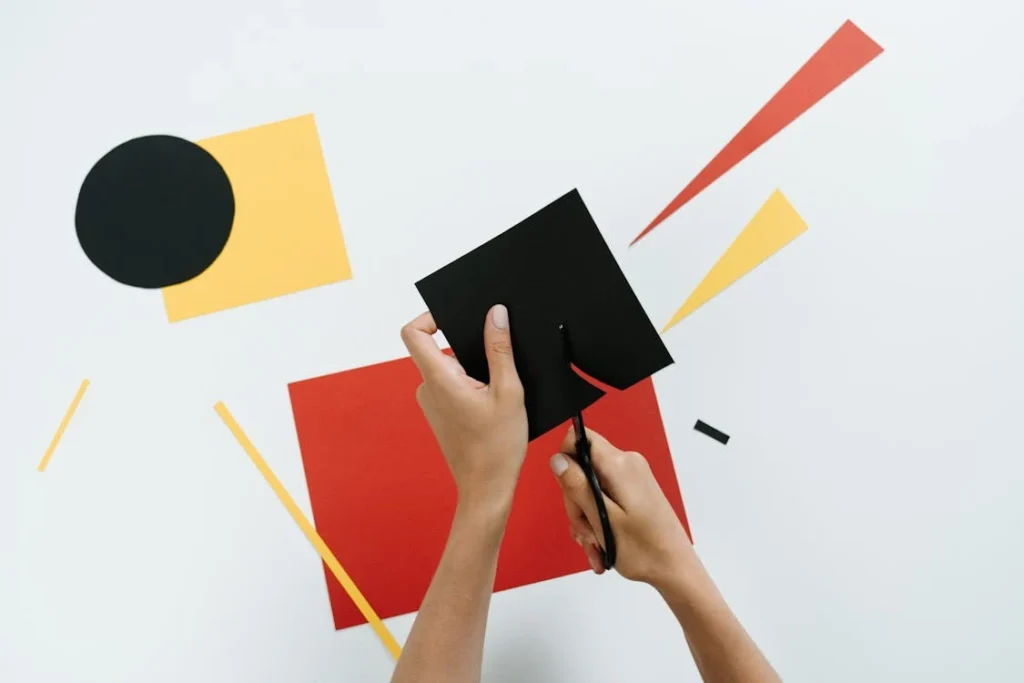
How Art Therapy Helps Amputees Process Emotions
Art has the power to express what words cannot. For amputees, the emotions surrounding limb loss can be complicated—grief, anger, frustration, and even moments of hope all mix together.
Art therapy provides a way to release these emotions in a safe and creative way. Whether through painting, drawing, sculpting, or digital art, amputees can use visual expression to explore their journey and regain a sense of control.
One of the most powerful aspects of art therapy is that it allows amputees to process their emotions at their own pace. Unlike conversations, which require immediate responses, art gives individuals the time and space to reflect.
Many people find that when they put their thoughts onto paper or canvas, they understand their feelings more clearly.
A simple sketch or brushstroke can reveal emotions that were hidden beneath the surface, helping amputees work through grief and self-acceptance in a deeply personal way.
The creative process itself is also healing. Using colors, textures, and shapes engages the brain in a way that promotes relaxation and reduces stress.
Many amputees who feel overwhelmed by their physical and emotional challenges find that creating art gives them a sense of peace.
The act of focusing on a drawing or painting shifts attention away from pain or frustration, allowing the mind to enter a more meditative state. Over time, this practice can help reduce anxiety and bring a renewed sense of calm.
Building Confidence Through Artistic Expression
For many amputees, self-image is a major emotional hurdle. Losing a limb can change the way a person sees themselves, leading to feelings of insecurity or disconnection from their own body.
Art therapy offers a way to rebuild confidence by creating a new, positive perspective. Through self-portraits, abstract designs, or symbolic imagery, amputees can reshape their identity on their own terms.
Instead of feeling defined by what they have lost, they begin to see themselves through a lens of strength and creativity.
Some amputees use art as a way to tell their story. They create visual representations of their experiences, from the struggles of recovery to moments of triumph.
These pieces often serve as reminders of how far they have come, reinforcing their resilience. Sharing artwork with others—whether through exhibitions, social media, or personal collections—can also be empowering.
It allows amputees to connect with people who appreciate their journey, shifting the focus from loss to personal growth.
Another benefit of art therapy is its ability to improve motor skills. Amputation often requires individuals to adapt to new ways of using their body, whether it is learning to paint with a prosthetic limb or using their non-dominant hand.
The process of creating art strengthens fine motor skills and encourages adaptability. Over time, these small successes build confidence, proving that the body is still capable of creating beauty and meaning.
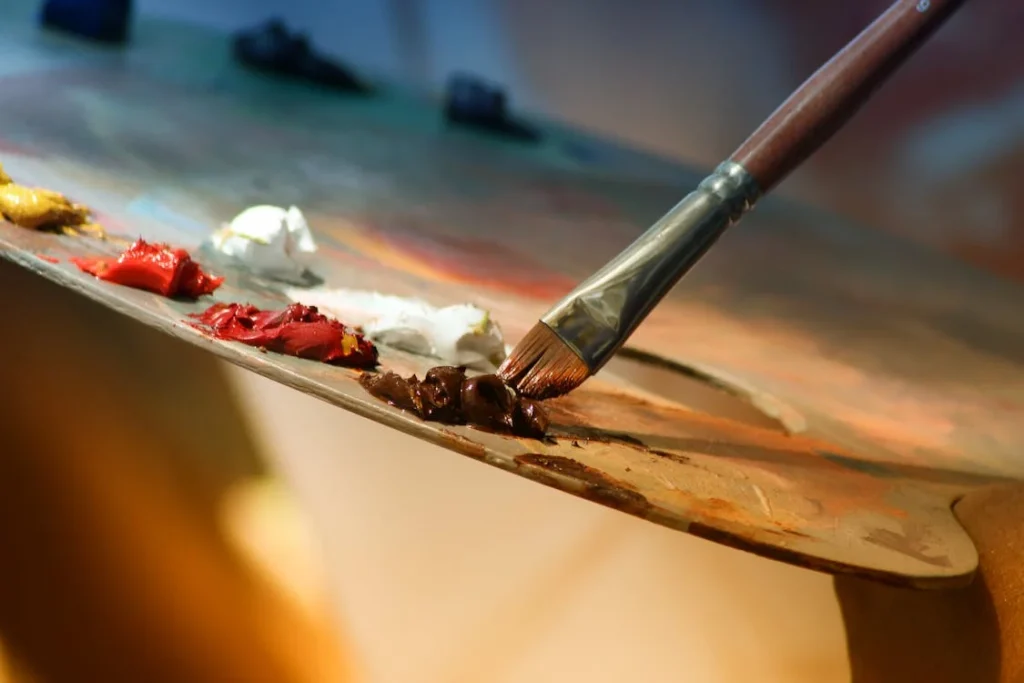
The Social and Emotional Benefits of Creative Therapy
Healing after limb loss is not just a personal journey—it is also about reconnecting with the world. Many amputees experience feelings of isolation, either because they withdraw from social situations or because they feel that others do not understand their experience.
Music and art therapy provide a bridge back to social engagement, helping amputees form new connections and strengthen existing ones.
Participating in creative activities opens the door to shared experiences. Whether it is joining a community music group, attending an art class, or simply sharing a personal project with loved ones, these activities encourage interaction.
Engaging in music and art helps amputees step outside their own struggles and connect with others on a human level. Instead of being seen only for their physical condition, they are recognized for their creativity, passion, and unique perspective.
Group therapy sessions that incorporate music or art are particularly effective. When amputees create music together, they build a sense of teamwork and support.
The rhythm of a song, the harmony of different instruments, and the shared energy of a musical performance create a feeling of unity.
Similarly, group art projects encourage collaboration, giving amputees a sense of belonging as they work alongside others to create something meaningful.
These environments provide a safe space where individuals can express themselves without judgment and receive encouragement from people who understand their journey.
Strengthening Family Bonds Through Music and Art
Amputation does not just affect the individual—it also impacts their family and loved ones. Relationships can feel strained as both the amputee and their family adjust to new roles and responsibilities.
Music and art therapy provide a way to reconnect, offering moments of shared joy and emotional healing.
Many families find that making music together—whether it is singing, playing an instrument, or simply enjoying a favorite playlist—creates a positive atmosphere.
Music has a way of bringing people together, reminding them of happy memories and reinforcing their emotional bond. In difficult moments, a familiar song can provide comfort and remind both the amputee and their loved ones that they are not alone.
Art also serves as a way for families to communicate when words are not enough. A simple activity like painting together or creating a scrapbook of memories can help family members express their emotions and show support.
Children, in particular, may struggle to understand an amputation and how it affects a parent or sibling. Through art, they can explore their feelings in a way that feels natural and safe.
This creative engagement strengthens relationships, making the transition after amputation smoother for everyone involved.
By incorporating music and art into daily life, amputees and their families can build a foundation of emotional resilience. These therapies offer not just an escape from difficult emotions, but a way to process them, connect with others, and rediscover joy.
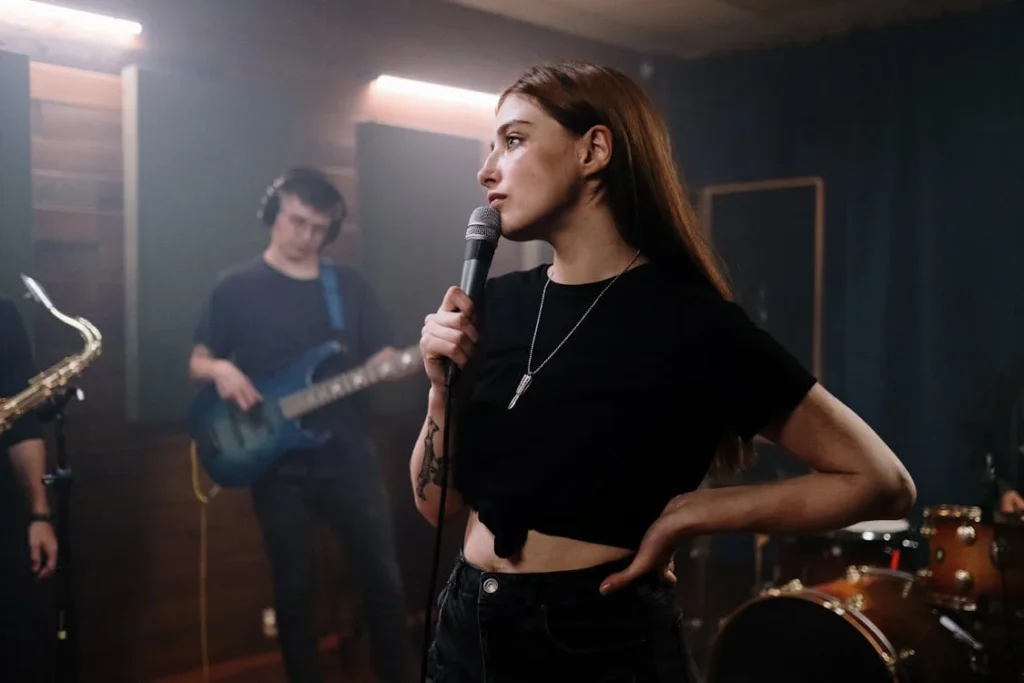
Rediscovering Identity Through Creativity
One of the biggest challenges after amputation is the shift in self-identity. Losing a limb can make a person feel disconnected from who they once were.
It can bring up questions like, Who am I now? What can I still do? How will others see me? These thoughts can be overwhelming, but music and art therapy provide a way to rebuild identity in a positive and empowering way.
Creative expression allows amputees to explore their evolving sense of self in a way that is free from limitations. Music therapy, for example, helps individuals reconnect with emotions that might feel buried under the weight of change.
A song that once symbolized strength or happiness can become a source of motivation. Playing an instrument or singing can restore a sense of control, proving that even when the body changes, the ability to create remains.
Many amputees find that writing music or lyrics helps them express the emotions they struggle to say out loud. This process makes room for healing, giving them a sense of ownership over their journey.
Art therapy works in a similar way. Creating visual representations of personal experiences allows amputees to tell their story in a way that words cannot.
Some may choose to paint abstract pieces that capture the emotions of their journey, while others may create self-portraits that reflect their evolving self-image.
The act of creating gives them the power to shape their own narrative, shifting the focus from loss to transformation. Over time, this creative exploration leads to greater self-acceptance and confidence.
Creativity as a Path to Purpose
Beyond emotional healing, music and art therapy can help amputees discover new passions and even new career paths. Many individuals who engage in creative expression find that it opens doors they had not considered before.
Some turn to painting, photography, or music production as lifelong hobbies, while others take it a step further, sharing their work with the world.
Social media platforms, community art shows, and music events provide spaces for amputees to showcase their creativity, proving that their abilities extend far beyond their physical condition.
For some, creativity becomes a way to inspire others. Amputee musicians and artists have used their platforms to advocate for disability awareness, proving that limb loss does not define a person’s potential.
They become role models, showing others on a similar journey that life after amputation can be rich with opportunity.
Even for those who do not pursue music or art professionally, creative therapy remains a source of joy and fulfillment. It is a reminder that life is not just about adapting to loss but about embracing new possibilities.
Whether it is through strumming a guitar, sketching in a notebook, or listening to a favorite song, these small acts of creativity add depth and meaning to everyday life.
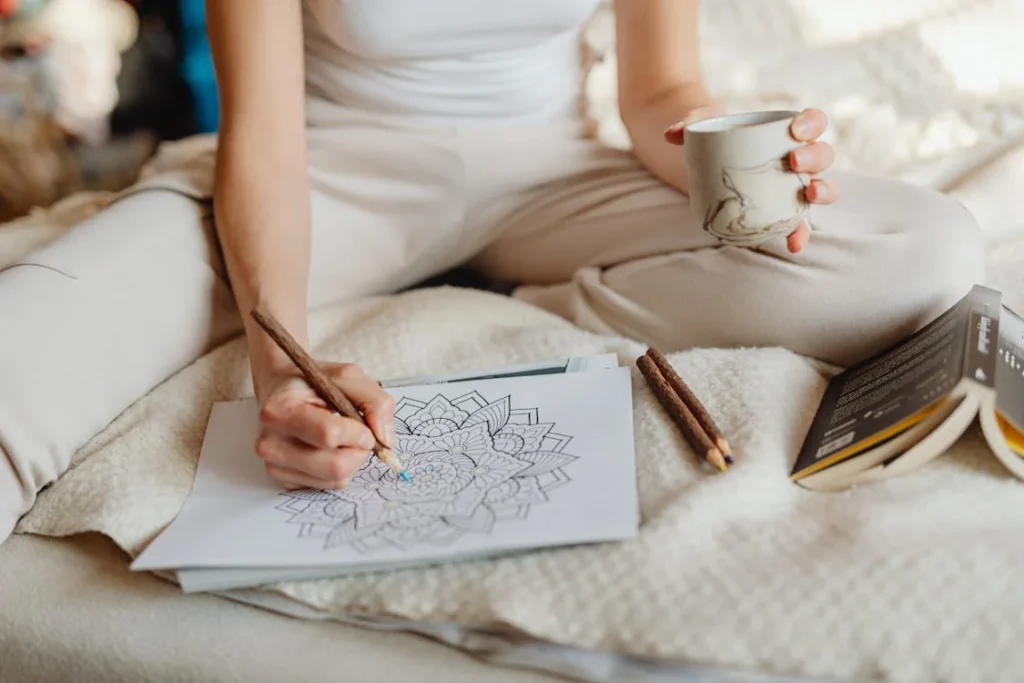
The Long-Term Impact of Music and Art Therapy on Emotional Well-Being
The journey of emotional healing after an amputation does not have a fixed timeline. Some days feel easier than others, while certain moments may bring unexpected challenges.
The beauty of music and art therapy is that they provide ongoing support throughout this journey. Unlike traditional therapy, which may focus on structured sessions, creative expression can be a lifelong tool that amputees turn to whenever they need comfort, motivation, or a sense of stability.
One of the most powerful long-term effects of music and art therapy is their ability to foster resilience. Amputees who actively engage in creative expression develop a habit of looking at life through a lens of adaptability rather than limitation.
When setbacks occur—whether it is difficulty with a prosthetic, feelings of self-doubt, or unexpected physical struggles—music and art offer an emotional release.
Instead of dwelling on frustration, amputees can channel those emotions into something meaningful, whether it is a song that captures their determination or a painting that represents their strength.
Another long-term benefit is improved mental health. Studies show that creative activities stimulate the release of dopamine, a neurotransmitter that enhances feelings of happiness and motivation.
This is especially important for amputees who may be at risk of depression or anxiety due to the emotional weight of limb loss. Engaging in music and art on a regular basis provides a sense of purpose and fulfillment, making it easier to maintain a positive outlook.
Music and Art as Everyday Therapy
Incorporating music and art into daily life does not require formal training or special skills. The simple act of listening to a favorite song in the morning, doodling on a notepad, or singing along to music while cooking can have a profound impact on mood and mindset.
These small moments of creativity add up, creating a routine of self-care that supports emotional well-being.
Some amputees make music and art part of their rehabilitation process. Playing rhythmic music during prosthetic training can improve coordination, while sketching or painting can enhance fine motor skills.
Others use creativity as a way to wind down at the end of the day, using soft music or mindful coloring to ease stress and promote relaxation. Over time, these habits create a sense of balance, helping amputees manage both the physical and emotional aspects of their journey.
Creative therapy also provides a sense of growth. As amputees continue exploring music and art, they may discover new abilities they never knew they had.
A person who once played an instrument before their amputation might find joy in adapting their playing style, while someone who has never painted before might develop a passion for visual storytelling.
These discoveries reinforce the idea that amputation does not limit creativity—it simply offers a new perspective on self-expression.
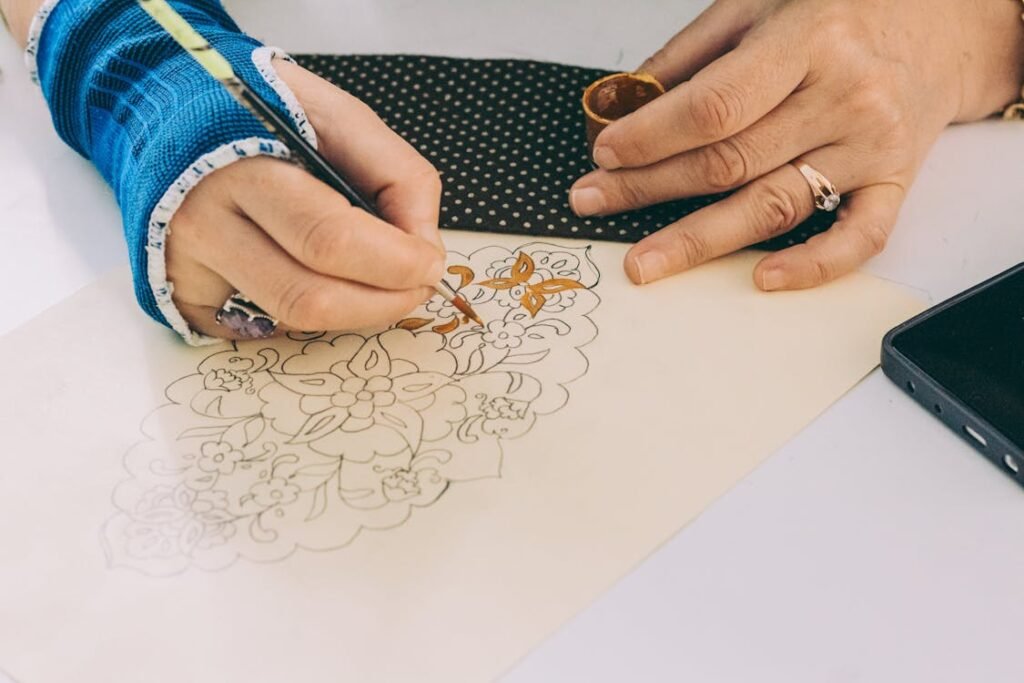
Music and Art as a Bridge to Self-Acceptance
One of the most significant challenges after an amputation is self-acceptance. The physical change is immediate, but the emotional journey toward fully embracing a new body takes time.
Many amputees struggle with body image, feeling as though they have lost a part of themselves—not just physically, but emotionally and psychologically.
Music and art therapy serve as a bridge, helping individuals reconnect with themselves in a way that feels natural and empowering.
Self-expression through music allows amputees to process their emotions without pressure. A melody played on a piano, a drumbeat tapped with a prosthetic limb, or even humming along to a favorite tune can create a sense of connection to oneself.
Many amputees use songwriting as a way to explore their emotions, turning personal struggles into powerful lyrics that capture their resilience. The act of creating music becomes an affirmation that they are still whole, still capable, and still themselves.
Art therapy works similarly by allowing amputees to reimagine their identity through visual storytelling. Some amputees create self-portraits that reflect their journey, using color and form to express their evolving self-perception.
Others embrace abstract art, using it to capture the complex emotions that come with loss and healing. Through this process, they begin to see themselves not as broken, but as transformed.
They are not defined by what they have lost, but by what they create and how they choose to see themselves.
The Power of Creative Reflection
Reflection is a vital part of self-acceptance, and music and art provide a structured way to look inward. Many amputees find that engaging in creative therapy helps them track their emotional progress.
A song they wrote in the early days of recovery might feel different months later, revealing how much they have grown. A painting that once captured sadness may later be seen as a turning point in their journey toward hope.
These creative pieces become markers of progress, tangible reminders of how they have adapted and moved forward.
Music and art therapy also provide a way to rewrite the internal narrative. Instead of focusing on limitations, amputees can use creativity to shape a new, empowering story about themselves.
A musician might celebrate their ability to adapt to new playing techniques, while an artist might find inspiration in the beauty of imperfection.
Through these forms of self-expression, amputees reclaim control over how they see themselves and how they present themselves to the world.
Over time, creative therapy shifts the focus from what was lost to what is still possible. It fosters a sense of self-worth that is not tied to physical form, but to inner strength, creativity, and resilience.
Amputees who engage in music and art often find that these practices become a lifelong source of comfort, confidence, and personal growth.
Conclusion
Emotional healing after amputation is just as important as physical recovery. Music and art therapy provide powerful ways for amputees to express emotions, regain confidence, and rediscover their identity. These creative outlets transform pain into purpose, allowing individuals to process their journey in a way that feels personal and empowering.
Music soothes the mind, reduces stress, and brings moments of joy, while art allows for deep reflection and self-expression. Both help amputees reconnect with themselves and the world around them, fostering a sense of resilience and self-acceptance. Whether through playing an instrument, painting, or simply listening to meaningful songs, creative therapy offers comfort and motivation in times of difficulty.
At Robobionics, we believe in holistic healing—helping amputees not only regain mobility with advanced prosthetics but also rebuild their confidence and joy. Recovery is not just about adapting to change; it is about embracing new possibilities. If you are on this journey, remember that healing comes in many forms, and creativity can be one of your greatest tools.
Want to learn more about prosthetic solutions and rehabilitation support? Contact us today and take the next step toward emotional and physical well-being!



